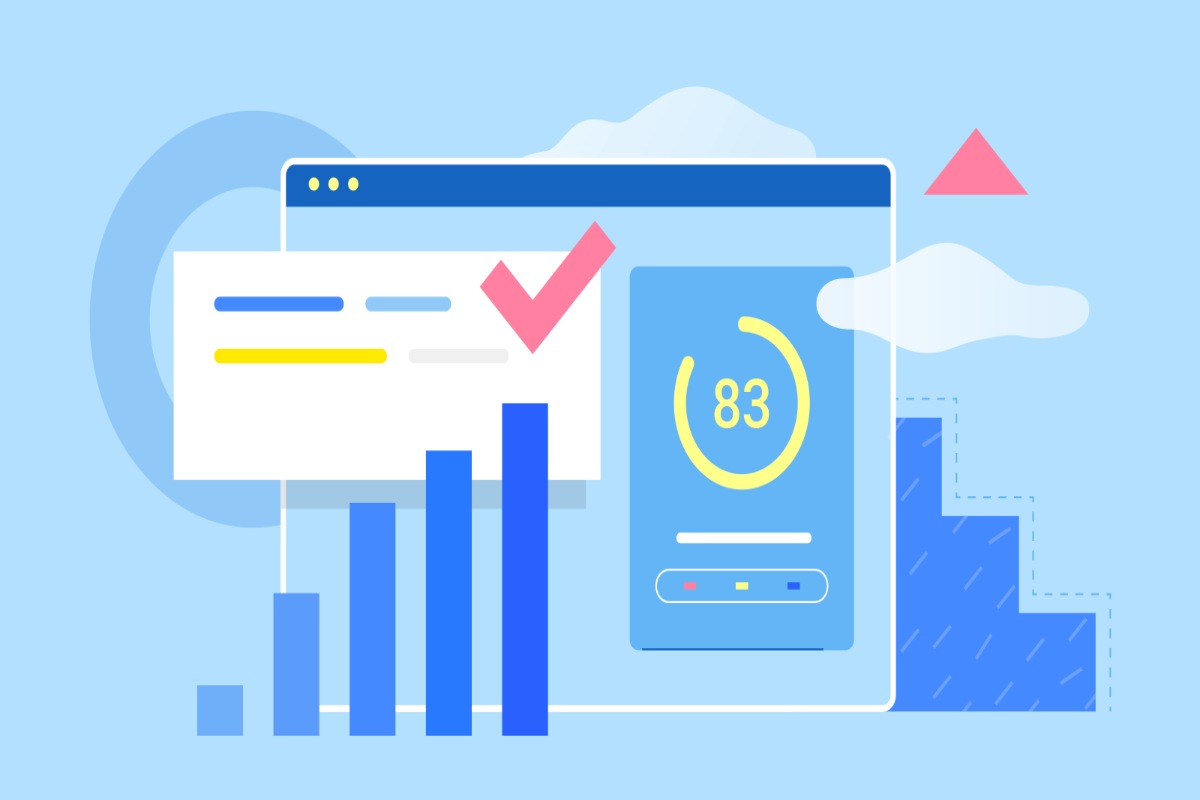3 UX Tips to Boost Your SEO – Just like in any other business, the goal of a web business is certainly to have as many visitors and as many customers as possible. That’s where SEO comes in handy.
You want your website to be on the first page of Google’s search results. To do that, you require a quality website that is more than visually attractive and filled with quality content.
SEO is, in any case, unthinkable without a well-applied user experience (UX).
Every visitor wants to spend time on a website that offers a positive user experience.
Introduce your visitors to a page full of flickering ads, glittering colours, massive blocks of text, and then they’ll probably hop off your page and go somewhere else.
The goal line is to provide your visitors with a great visual experience and the ability to navigate your website easily. If you’re not certain where to start to boost your SEO, consider reaching out to the best SEO companies and hiring experts.
Nevertheless, every website owner should at least be familiar with the basics of SEO and UX to stay competitive in the market.
Improving SEO is what puts your website at the very top of Google’s search results page.
Google uses various methods to understand how users experience your website. It looks at various key elements and some of them are:
- Site speed
- Mobile-responsiveness
- Content structure
- Internal and external links (backlinks)
We will talk about improving your SEO through UX in the following section, providing you with three of the most important tips.
Implement easy navigation (Website Architecture)
The structure is an important element of site organization and any SEO strategy.
Search engines will easily determine if your website is not well structured, as the website that is not well-structured affects UX in general.
Visitors don’t want to have to work when they land on your site. They want to be able to find what they’re looking for quickly and easily, which is why simple navigation is so important both for you, search engines and your website visitors.
Categorize your pages, posts, services, and products. This will allow new guests to easily find and understand what you are writing about, what service you are offering or what product you are selling. That way, they will connect with you quicker and easier and the chances for conversions will eventually get higher.
Improve Your Site Speed
No matter how well designed or educational your site may be, it all falls apart if your visitors do not wait for it to load. They won’t be able to engage with your content.
At first glance, website speed is a clear indicator of the efficiency of your website.
Fast websites with elegant designs make the users happy and a happy user is inclined to spend more time on your website, where you can present your brand in a beautiful light and motivate them to convert.
Google Speed Insights is a free Google tool that assesses site speed and provides useful information on what you need to fix to improve site speed.
Google Speed Insights features information on how to improve your site, from Google itself.
Go For a Mobile-Friendly Design
We all have witnessed mobile devices overtaking desktops. Mobile device traffic was above 54% in 2021, and it tends to go even higher in 2022.
Due to the growing presence of mobile devices, Google has slowly but surely begun to adapt its algorithms and decided to give increasing importance to the mobile versions of web pages.
Responsive design lets websites adapt to different device sizes, whether they’re desktop, laptop, tablet or smartphone.
Responsive web design is based on the basic principles important to Google: speed and visibility.
Key Takeaways on UX For SEO
You should improve the structure of your website. Google ranks your website after many elements, and you should pay attention to these elements.
Transparency is closely related to your website architecture, as well as navigation.
As many old websites are not well structured, use this opportunity to do so and to give your website a higher ranking.
After the website is well structured, you can move on to site speed. No one wants to wait for more than just a couple of seconds for the website to load. People tend to go away because they can quickly distinguish between a good and a bad website.
Last but not least, mobile responsiveness affects your SEO. Every second Google search is done via mobile. That means that your website needs to remain optimized for mobile devices. If it isn’t, visitors and potential customers will have a weird structure in front of them, and they will swipe away quickly.
So, there is no excuse anymore. It’s the best time to be working on the UX of your website because you can increase your ranking and conversions.

